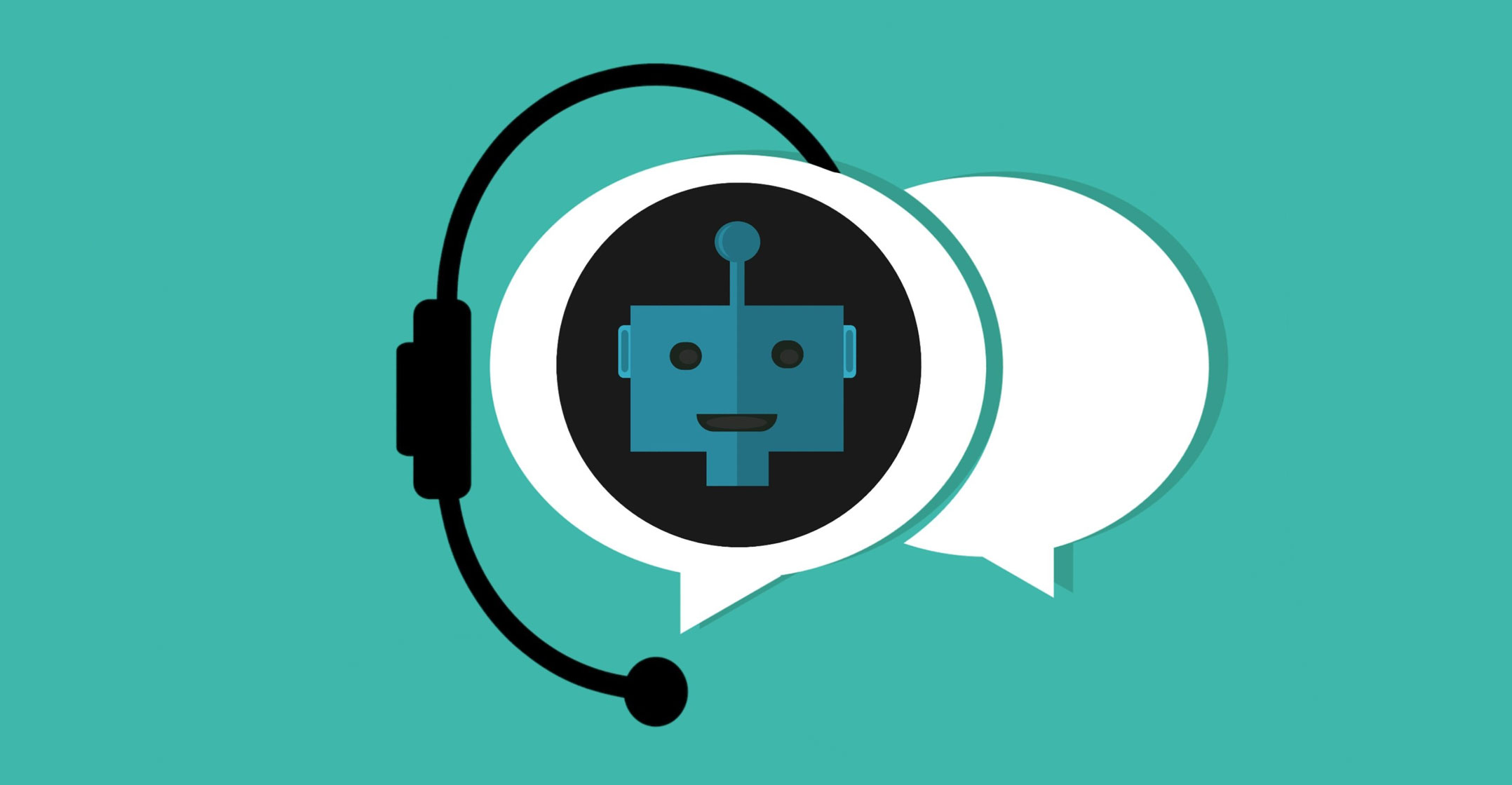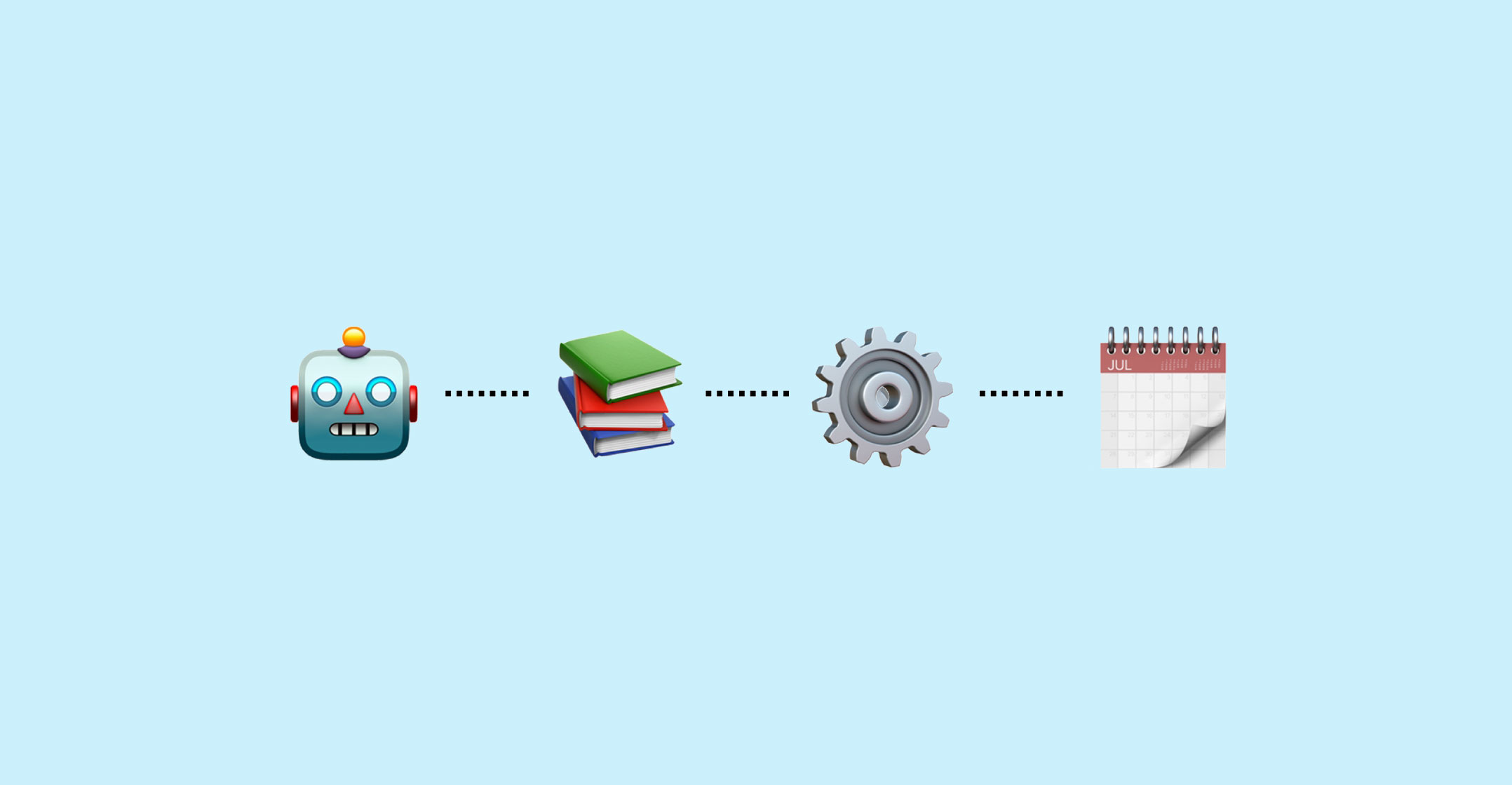 South African brands love a chatbot, don’t they? It’s not hard to see why. On the face of it, it’s a machine that can talk to millions of customers on your behalf without the need for human intervention. It’s a convenient, cheap and cheerful way to solve everything. Right?
South African brands love a chatbot, don’t they? It’s not hard to see why. On the face of it, it’s a machine that can talk to millions of customers on your behalf without the need for human intervention. It’s a convenient, cheap and cheerful way to solve everything. Right?
Not quite. We have bots to the left of us, intelligent assistants to the right, and here we are – stuck in the middle with a bold statement: A chatbot won’t solve all your problems!
Visit www.praekelt.com/feersum or contact [email protected]
Too often, a well-meaning suit commissions a chatbot and expects it to solve every customer query and cut their call centre numbers in half. But that’s not what chatbots are about. They’re about lightening the load of overworked humans and freeing them up for tasks that require the human touch. They’re about directing traffic and taking care of simple, automatable tasks.
If you’re thinking about getting a chatbot for your business, here are some things to consider:
Find a focus
If you expect your chatbot to be a jack of all trades and a fixer of all problems, the chances are that it’s going to be the master and the solver of none. You wouldn’t buy a robotic vacuum cleaner and expect it to clean the windows, so you can’t expect a chatbot to conduct a medical exam or sign a cellphone contract.
A company like MTN understands that, which is why it has focused its chatbot for something more appropriate like internal company communication. DStv uses its chatbot for self-service to stunning effect; Game uses its to help people find its stores; and Makro has cleverly digitised those pesky store cards that everyone keeps losing.
These brands have found their focus, picked their lanes and some of these chatbots are helping over a million users every single month.
Mind your language
Contrary to an oddly popular belief shared around the boardroom tables of South Africa, most of our population does not speak English as a first language. So, first prize is to build a bot in the home language of your typical user, or give them the option of all 11.
But if English is a common denominator among many tongues – which it sometimes is – use it wisely. Make sure it’s comfortable for a second-language speaker to engage with, rather than let them struggle to decipher the Queen’s English.
Remember that the executive at head office and the customer in the shop speak different languages. We have 11 of them after all. Embrace it, design for it, build for it.
 Take the time to understand
Take the time to understand
People can’t spell. It’s a tale as old as language and time itself. You’d think autocorrect would help, but it can often be more of a hindrance. A failure to account for that results in a fundamental flaw of the average chatbot – relying on a user to say the right thing or ask the right question in the right format. That almost never happens.
Sure, you could go with the old number system where you type “1” for the front desk, but then you don’t have a chatbot, you have a glorified USSD menu and you might as well tell your users to dial star-whatever-hash and engage in a panic-stricken exchange with timeouts and never-ending menus.
Natural language understanding (NLU) allows chatbots to understand the intent behind what users are saying so they can respond appropriately. So, if someone needs jelp or they need to hind a store, the bot can figure out their intention and send the correct response.
If done properly, this can eliminate the need for a menu altogether.
Put the human first
Before you can even begin to think about the bot, you need to consider the human it’s helping. Who they are, what they do, what they click and when they click it. If you don’t know the person you’re helping, you’re not going to help them at all.
The key is to understand their problems, their pain points, their gripes and their grudges – once you know those things, it’s easier to pinpoint how a chatbot can help them. It’s about making a connection between a brand and a being, finding that sweet spot between what they need and what you need.
Think customer experience
Ultimately, the point is that a chatbot is not going to solve all your problems, but it can solve some.
Conversational customer experience is not just about chat, it’s about finding the right place for it in a brand ecosystem.
Do it the right way, in the right language, with the right technology and — who knows? — maybe you could reach a million users, too.
Human-first, AI-powered, conversational customer experience. Visit www.praekelt.com/feersum or contact [email protected].
- This promoted content was paid for by the party concerned




